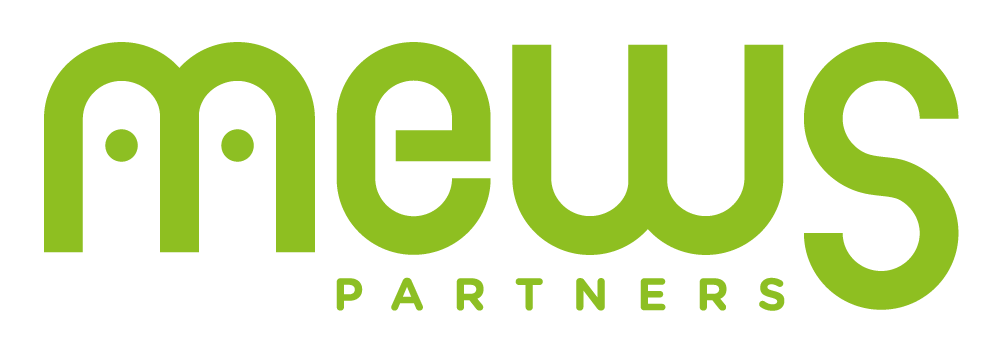Optimize Industrial Digital Transformation with ERP
/in Insights ArticleSix pitfalls to avoid (and how to adress them)
Setting up an ERP system in an industrial environment is a major challenge. These projects are complex and involve a large number of cross-functional stakeholders, requiring a precise definition of requirements. They often run for several years, increasing the risk of drift. What’s more, ERP implementation requires long-term management, with the challenges of change management and scaling up.
As a result, many ERP projects fail. This white paper examines the 6 main pitfalls to be avoided and proposes concrete best practices, illustrated by examples, to anticipate them and ensure success from the outset of the project:
- Choosing Solutions in Advance
- Negleting Stakeholder Engagement
- Overlooking Operation Scaling
- Losing pragmatism along the way
- Overlooking the development of Digital Skills
- Failing to Adapt Solutions to Local Conditions



